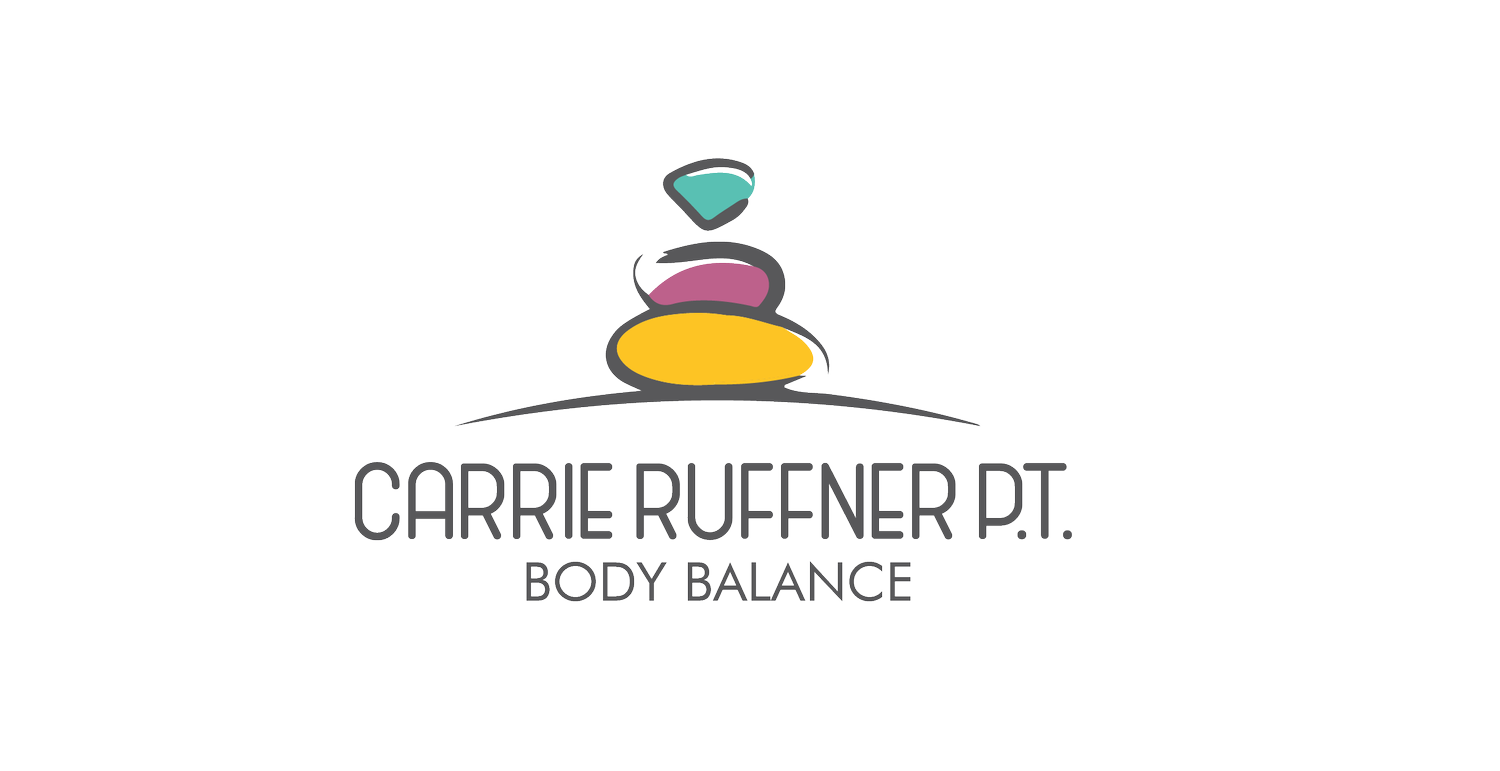Frequently
Asked
Questions
What is CranioSacral Therapy (CST) ?
CST is a gentle, non-invasive manual treatment approach that works with the natural self-correcting mechanisms of the body. It uses gentle placement of hands to assist the release of the body’s connective tissue and fascia. Fascia (Latin word for “band”) is a covering found throughout the body including in and around organs, glands, nerves, muscles, blood vessels, the brain and spinal cord. This covering forms a body-wide connective network. CST is based on the idea that the best method of correcting an imbalance is inherent within each of us. By searching for and then offering support to the source of imbalance, the body’s natural healing processes is enhanced.
How is CST Performed?
A typical CST session is performed fully clothed on a comfortable padded table. Through gentle touch, the therapist releases restrictions in the body to help reset the Nervous System to relieve pain and dysfunction and improve over-all health and vitality. The sessions are generally deeply relaxing, often creating feelings of gentle pulsation and warmth as tissues release.
Sessions are performed on a heated Amethyst Richway Biomat
What does a typical course of treatment look like?
Although noticeable changes can appear within the first session, consider giving CranioSacral Therapy (CST) 3- 5 sessions to get to the source of the problem for long-term benefits. A second session is often recommended 7-10 days after initial treatment, then the time between treatments increases as your body makes repairs and self-corrections.
CST can be a very effective part of a long- term health & wellness program. Preventative wellness sessions can help boost your immune system, support recovery from illness, optimize athletic performance and improve your over-all sense of wellbeing.
The frequency of wellness sessions may vary depending on your maintenance needs and goals. You may benefit from a monthly maintenance session or consider coming in for a Body Balancing session every change of season or after a particularly challenging time.
What types of conditions can you help treat?
Some people come for help with conditions they have had for decades that have not responded to more traditional treatment. Others come for a recent injury or to supplement other medical treatments they are currently receiving.
Migraines and Headaches
Chronic Neck and Back Pain
Stress and Tension-Related Disorders
Motor-Coordination Impairments
Post-Concussion Symptoms
Autoimmune Disorders
Learning Disabilities, ADD / ADHD
Chronic Fatigue
Scoliosis
TMJ / Jaw Disorders
Fibromyalgia
Central Nervous System Disorders
Cancer Support
Learning Differences, ADD, ADHD
Alzheimer’s
Post - Traumatic Stress Disorder
Orthopedic Problems
Do I need a referral from by health care provider?
NO. REFERRALS ARE NOT NEEDED FOR WELLNESS VISITS
REHABILITATION : As a licensed Physical Therapist in New York State, I can provide treatment for 10 sessions or 30 days (whichever comes first) before requiring a referral from your health care provider when being seen for rehabilitation of a physical therapy related diagnosis. Some insurance carriers may require a referral sooner. Please call your insurance provider directly if you have questions about your coverage.
Will insurance reimburse me?
CranioSacral Therapy and Body Balancing benefit a wide range of conditions. If you’re being seen for a physical therapy related issue and your insurance plan includes coverage for out of network providers, (PPO) there is a good chance that you will receive some reimbursement After payment in full at the time of service, I’ll provide an itemized super bill of your treatment, or for some insurance carriers I can submit an electronic claim on your behalf. Reimbursement is determined by your insurance carrier and they will send any reimbursement directly to you.
Please contact your insurance carrier directly with questions regarding your coverage.
Side effects and reactions to CST treatment:
CranioSacral Therapy uses very light touch so that your body will make only the changes it is ready to make. Even with light touch the process can be powerful and occasionally CST produces temporary side effects. These tissue or healing reactions are typically minor and simply represent changes in your body’s old compensatory patterns. If something has been held in a tension pattern for many years, as you might imagine, it may feel sore when changes are made.
So the general rule is: a slight temporary increase in symptoms can be a positive indicator of moving forward on the path towards health. Don’t hesitate to contact me with any post-treatment questions or concerns you may have.
What is SomatoEmotional Release Therapy and Tissue Memory?
SomatoEmotional Release (SER) is a therapeutic process used in CranioSacral Therapy that helps to release energy of past traumas that may be stored in the body. It is thought that at times the body is unable to release the force of a trauma so it tries to wall it off and isolate it ,creating tension patterns .
Usually the body accommodates to these tension patterns and we begin to feel better. Over time , however, this accommodation requires more and more energy which can result in chronic pain and other symptom.
Tissue memory is thought to play a role in SomatoEmotional Release. It is believed that body cells and tissues such as fascia, muscles, bones or viscera have the ability to retain memories of experienced trauma. Such trauma can be a sports injury, car accident, surgery, trauma in our relationships etc. When for example a particular muscle group is injured during a physical trauma, a memory of the trauma may be stored in the affected tissues. This means that a small nonconscious contraction has formed in that particular muscle group as a protective reminder of the trauma. If tissue memory is not sufficiently released, the contraction will remain in the muscles even after the injury itself has healed, spreading tension to other parts of the body.
By using therapeutic imagery and gentle physical techniques CranioSacral Therapy may help gently facilitate the release of the body’s tension patterns.
.
Thank you! I look forward to working with you!
